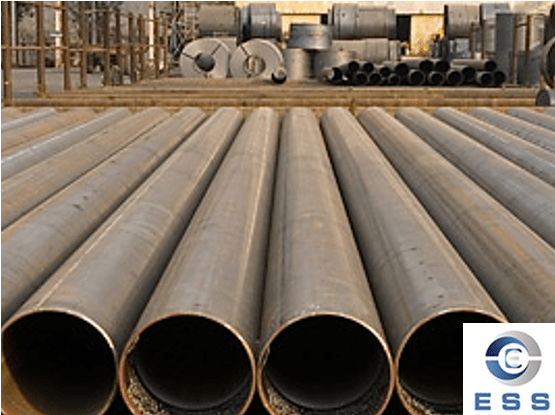What is a mining drill pipe?
Mining drill pipes are commonly used tools in mining industries such as coal mines, gold mines, and iron mines. The assembly and disassembly of mining drill pipes is an important part of mining operations. The traditional drill pipe connection method requires the use of a large number of bolts, nuts, pliers and other tools, which is time-consuming and labor-intensive, inefficient, and the connection effect is unstable, and it is easy to loosen and fall off. Casing pipe, pup joints, tubing and drill string components (drill pipes, drill collars, square drill rods, etc.) are collectively referred to as oil well pipes (OCTG pipe).
Installation steps
1. Check the drill pipe: Before installation, check whether there are cracks, dents or other damage on the outer surface of the drill pipe to ensure that the drill pipe has no defects.
2. Clean the drill pipe: Clean the threaded part of the drill pipe to remove oil, dirt or other impurities to ensure the sealing of the connection.
3. Prepare the drill pipe: Select the corresponding drill pipe according to the soil layer conditions. Generally, a drill pipe with a diameter larger than the borehole diameter is selected for drilling operations. Arrange the drill pipes in order. Usually, the drill rods are stacked according to length and steel grade.
4. Assemble the drill pipe: Assemble the drill pipe according to the required length. Generally, the length of a drill pipe is 1.5 meters to 3.0 meters. The number of drill pipes can be increased or decreased as needed. When assembling the spiral drill pipes, add special thread oil to lubricate the threaded part of the drill pipe, and then connect the drill pipe by hand or mechanically to tighten it to ensure a firm connection. Pay attention to aligning the threads when connecting to avoid damage. After assembly, use a sickle to cut off the drill pipe that extends beyond the borehole, and be careful not to damage the edge of the excess outlet.
(1) Add lubricating oil: Open the lubricating oil plug and pour the lubricating oil evenly into the drill pipe. Be careful not to add too much; tighten the lubricating oil plug to ensure a firm seal and no oil leakage.
(2) Use drill pipe pliers: During the connection process, use drill pipe pliers (or power pliers) to tighten the threaded connection to ensure the firmness of the connection.
5. Check the torque: Use a torque wrench to check and ensure that the torque of each connection meets the manufacturer's specifications to avoid over-tightening or over-loosening.
6. Install the drill bit: Connect the drill bit to the bottom of the drill pipe column, making sure that the threads of the drill bit are properly aligned with the threads of the drill pipe and tightened.
7. Balance the drill pipe: After the drill pipe column is installed, check its balance to ensure that the drill pipe column will not deflect when it is lifted or rotated.
8. Install the blowout preventer: Before installing the drill pipe, ensure that safety equipment such as the blowout preventer has been installed in place to prevent unexpected situations such as blowouts.
9. Test run: After the drill pipe is installed, perform a test run to check whether the rotation and lifting of the drill pipe column are smooth.
10. Record drill pipe data: Record the installed drill pipe length, steel grade and other relevant information to facilitate monitoring and management during the drilling process.
11. Safety check: After the drill pipe is installed, conduct a comprehensive safety check to ensure that all connections are safe and there are no oil leaks or other potential hazards.
Installation precautions
1. Check the drill pipe first. It should not be blocked, bent, or worn. Unqualified ones should not be used.
2. When connecting the drill pipe, align the thread to avoid skew and water leakage.
3. When loading and unloading the drill bit, be careful not to clamp the carbide sheet with the pipe clamp, flatten the drill bit and the core tube.
4. When installing the drill pipe, you must press the second one after the first one, and you must not install more than two drill pipes at a time.
Conclusion
This article introduces the installation method of mining drill pipes, and explains in detail the issues that need to be paid attention to during the installation of drill pipes, so that readers can better master the use of impact drills.













 Eastern Steel Manufacturing Co.,Ltd not only improve product production and sales services, but also provide additional value-added services. As long as you need, we can complete your specific needs together.
Eastern Steel Manufacturing Co.,Ltd not only improve product production and sales services, but also provide additional value-added services. As long as you need, we can complete your specific needs together.









